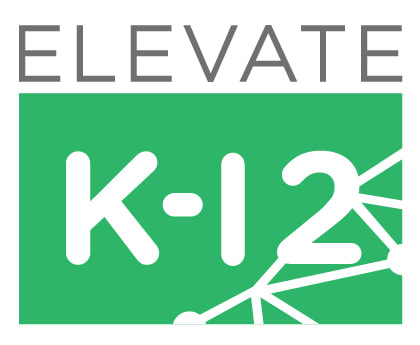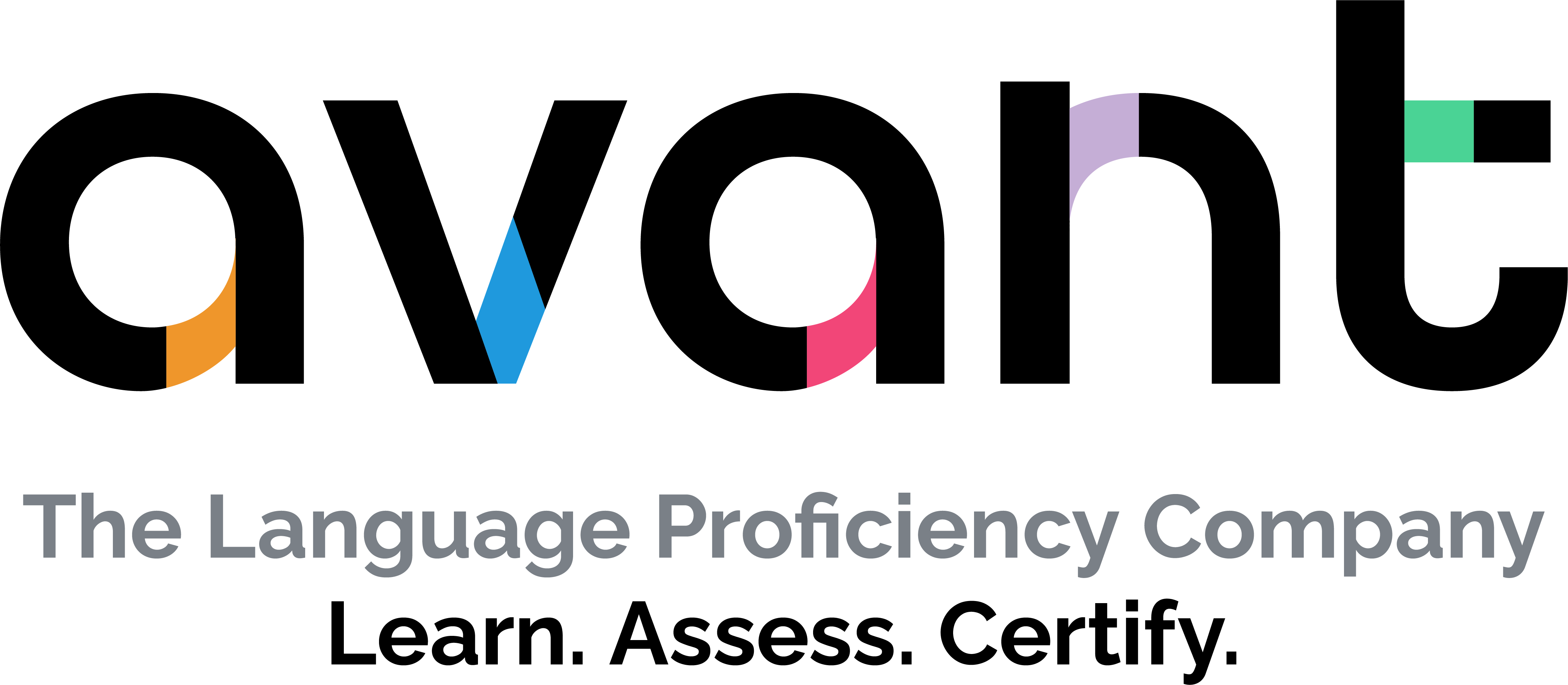Datacasting, or data broadcasting, has been used for years in the public safety sector, helping first responders prepare for natural disasters, search and rescue missions and school safety operations. Now, the concept is being repurposed to provide rural students who don't have reliable access to the internet with remote learning opportunities.
The technology, which bypasses the need for a cellular network or internet service, uses television broadcast signals to distribute information to any device that is wireless enabled, like a smartphone, tablet or Chromebook.
"What datacasting is doing is creating a network, but it’s not the same thing as the internet," said Stephanie Frazier, vice president of education at SCETV, South Carolina's education television network. "Anything that you can put in a learning management system or send via email, you can send via datacast using [a broadcast signal]."
And because the information is sent over a secure network, said Jeremy Cauthen, SCETV's director of communications, it would be safe from activity recently concerning other districts, like ransomware attacks, data breaches and iterations of "Zoombombers."
"Content sent through datacasting is encrypted and targeted to ensure broadcast transmission privacy and security," Cauthen said.
The model requires a receiver and an antenna, which the district would provide free of cost to families, and can transmit information wherever there is a transmitter tower — something every South Carolina school district has, said Demarius Gaither, director of technology at Fairfield County School District.
Part of content delivery ecosystem
That's in every South Carolina school district, said Demarius Gaither, director of technology at Fairfield County School District. The district is among three piloting the system after the state's Department of Education partnered with the ETV to develop and customize the technology for use during hybrid or remote learning as a result of the COVID-19 pandemic.
Frazier and her team, who jump-started the project after school closures, are working with the districts to package the content, customize the interface design so it is user-friendly, and integrate the online resources and digital platforms that districts use. At a bare minimum, the technology should allow teachers to log in on their side of the interface and upload and send instructional content to any number of students, who would receive the information on their Chromebooks.
"Overall, the vision is that datacasting is a part of the instructional content delivery ecosystem," she said.
Gaither, who is vetting the tech for his district, will be going to remote areas to test connectivity in early October. "Once that determination has been made," he said, "the next step would be to look at piloting this with teachers and identifying students [who need it]."
If everything goes as planned, Gaither said, students should have it in their hands by January.
Use beyond the pandemic
As the pilot progresses, Frazier expects to work closely with teachers and learn more about their needs as well as their students' and make updates accordingly.
For the first year, the network is looking to serve between 3,000 to 5,000 students across the state. Future iterations of the model would ideally include a learning management system and customizable messages teachers would be able to send students along with instructional content. While a mix of federal grant funds and Coronavirus Aid, Relief, and Economic Security (CARES) Act money is supporting the project in South Carolina, Gaither said he can see the equipment being used beyond the pandemic.
"I think this pilot is going to tell us a lot about what the needs are across the state," Frazier added.
Other states piloting the technology for education include Indiana, which expects to have the equipment ready for use by November, and Pennsylvania, where Gov. Tom Wolf announced in September the state would invest at least $11 million for the project.













